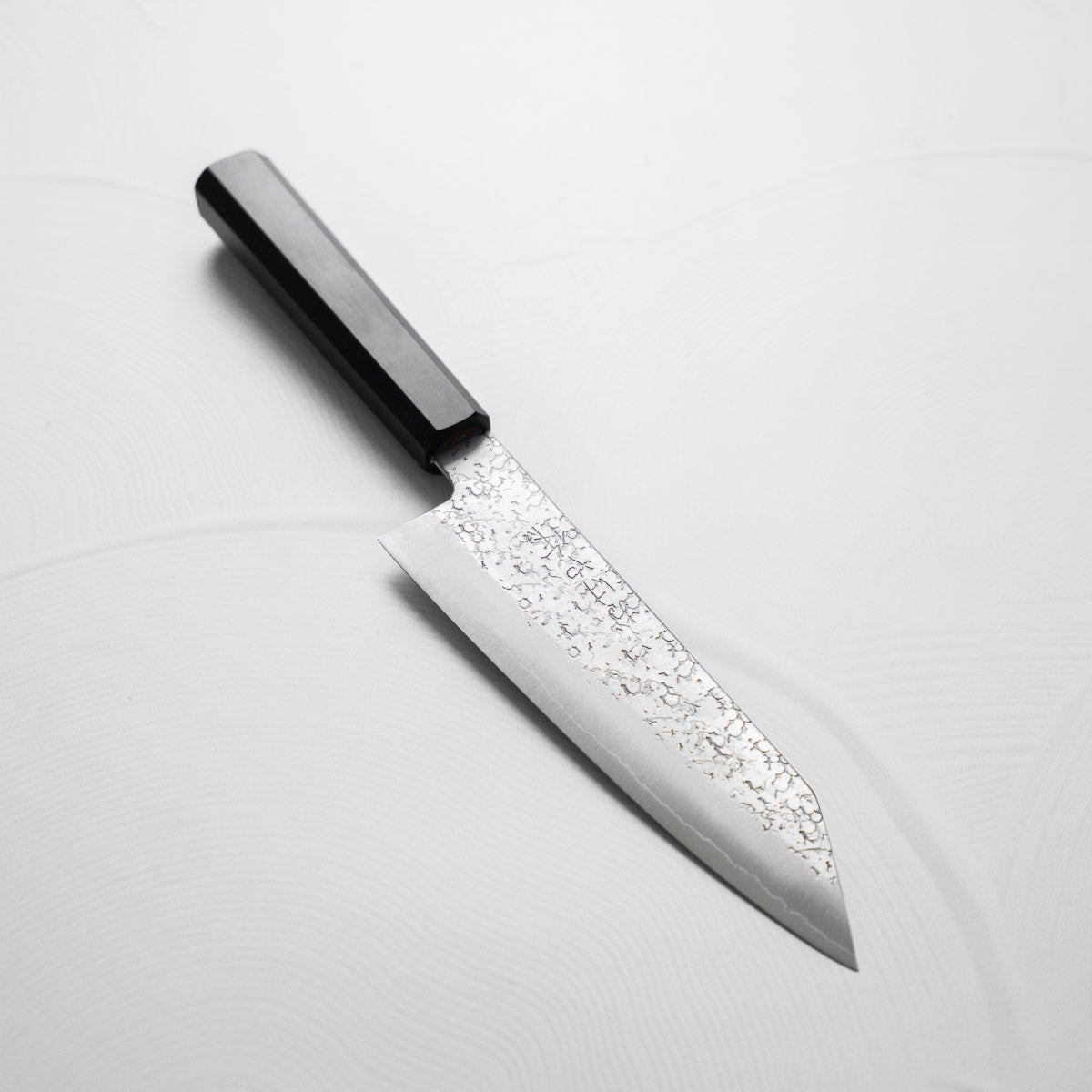
Exploring the Art of Japanese Knife Making
Japanese knife making is an art form steeped in tradition and innovation, resulting in blades that are renowned worldwide for their beauty and precision. From the hands of skilled artisans to your kitchen, these knives carry a legacy of craftsmanship and performance. Let's delve into the world of Japanese knife making and discover what sets these blades apart.
The Craftsmanship of Japanese Knives: Japanese knives are the product of centuries of refinement. The process begins with the selection of high-quality steel, which is then forged, tempered, and sharpened to perfection. The most famous types of steel used include VG10, Blue Steel, and White Steel, each known for its unique properties and contribution to the blade's overall performance.
Regional Variations: Different regions in Japan are known for their unique knife-making techniques:
- Seki City: Known as the heart of Japanese knife making, Seki City produces blades celebrated for their sharpness and durability.
- Sakai: Famous for its traditional forging techniques, Sakai is renowned for producing some of the best single-bevel knives ideal for sushi and sashimi.
The Role of Blacksmiths: The soul of Japanese knife making lies in the hands of the blacksmiths. These artisans spend years, often decades, mastering the delicate balance of forging and tempering to produce knives that are both works of art and functional tools.
Understanding the Blade: A Japanese knife is more than just a cutting tool; it's a testament to the blacksmith's skill. The blade's shape, edge, and pattern are all influenced by its intended use, whether for slicing delicate fish, chopping vegetables, or preparing meat.
Caring for Your Handcrafted Knife: Proper care is crucial to maintaining the beauty and functionality of a Japanese knife. This includes regular sharpening on a whetstone, careful storage, and immediate cleaning and drying after use to prevent rust and corrosion.
Share
